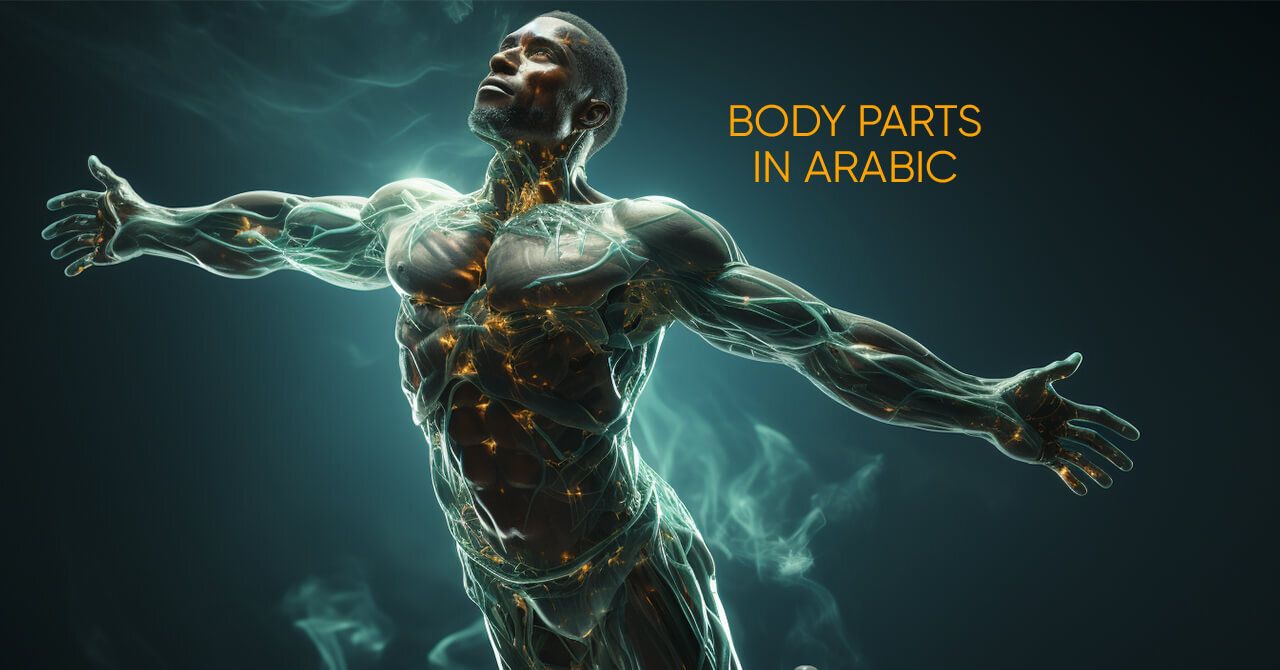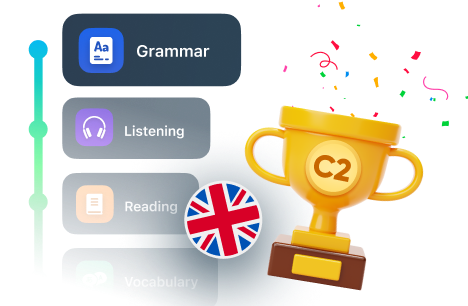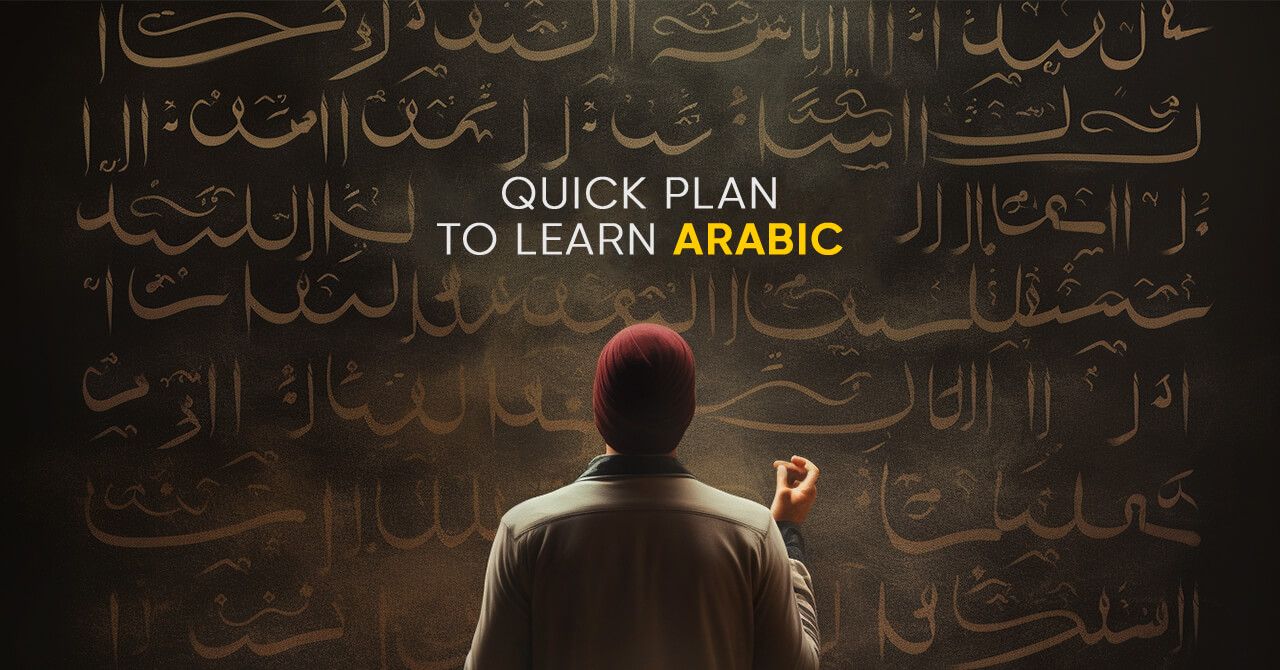
Body Parts in Arabic: Learn How to Tell About Your Body
By learning the Arabic names of body parts, you can effectively communicate about health, engage in medical discussions, or simply enhance your Arabic language skills.
Understanding the Arabic names of body parts is essential, whether you’re looking to improve your language skills or simply have a basic knowledge of human anatomy. In this article, we will provide you with a comprehensive guide to the Arabic names of various body parts. By familiarizing yourself with these terms, you can enhance your communication skills and gain a deeper understanding of the human body.
رأس (ra’s) – Head: The head is the uppermost part of the body, housing the brain and sensory organs.
شعر (sha’r) – Hair: Hair covers the scalp and varies in color, length, and texture. حاجب (hajib) – Eyebrow: Eyebrows are the hair that grows above the eyes, helping to protect them from sweat and debris.
عين (‘ayn) – Eye: The eye is the organ responsible for vision, allowing us to perceive the world around us.
أنف (anf) – Nose: The nose is the facial organ used for breathing and smelling.
أذن (udhn) – Ear: The ear is responsible for hearing and maintaining balance. فم (fam) – Mouth: The mouth is the opening through which food is ingested, and it is also used for speaking and expressing emotions.
رقبة (raqaba) – Neck: The neck connects the head to the rest of the body and supports the movement of the head.
كتف (katif) – Shoulder: The shoulder is the joint connecting the upper arm to the torso and allows for a wide range of arm movements.
كف (kaff) – Hand: The hand consists of fingers, palms, and thumbs, enabling us to grasp objects and perform intricate tasks.
إصبع (isba’) – Finger / Toe: Fingers are the slender digits attached to the hand or foot, each having three phalanges, except for the thumb.
ذراع (dhira’) – Arm: The arm extends from the shoulder to the elbow and is involved in various movements and activities.
كوع (ku’a) – Elbow: The elbow is the joint connecting the forearm to the upper arm, enabling flexion and extension.
ركبة (rukbah) – Knee: The knee is a joint that connects the thigh to the lower leg, facilitating movement and stability.
بطن (batn) – Abdomen: The abdomen is the area between the chest and pelvis, housing vital organs such as the stomach and intestines.
رجل (rijl) – Leg: The leg consists of the thigh, calf, and foot, supporting body weight and allowing for locomotion.
قدم (qadam) – Foot: The foot is the terminal part of the leg, providing stability, balance, and the ability to walk.
كعب (ka’b) – Heel: The heel is the back part of the foot, supporting body weight during standing and walking.
Conclusion
By learning the Arabic names of body parts, you can effectively communicate about health, engage in medical discussions, or simply enhance your Arabic language skills. Remembering these terms will enable you to have a more comprehensive understanding of human anatomy and improve your overall language proficiency. Whether for educational, medical, or cultural purposes, mastering these Arabic vocabulary words will undoubtedly be beneficial in various aspects of your life.


















